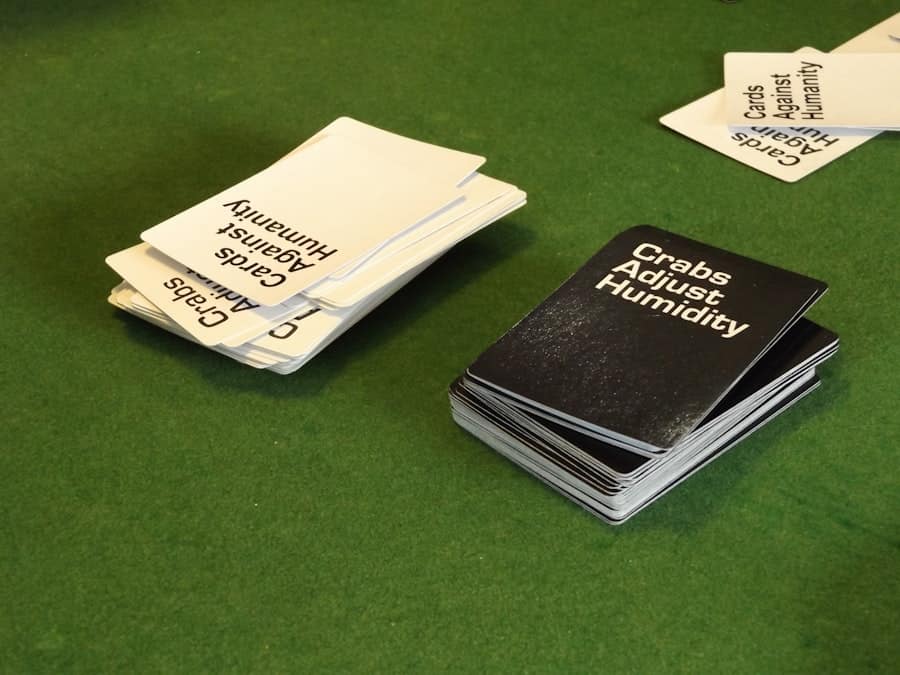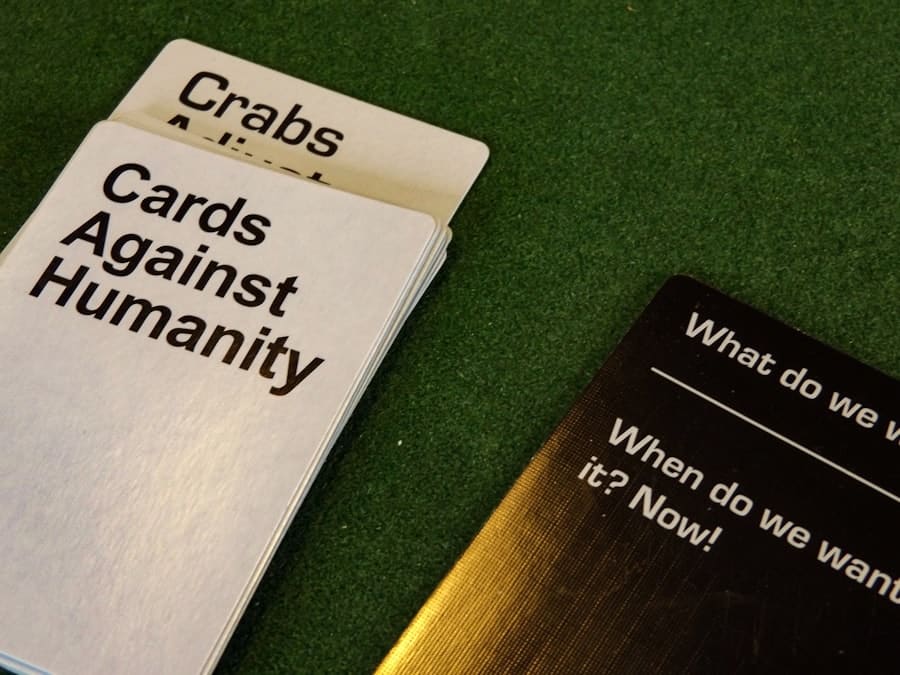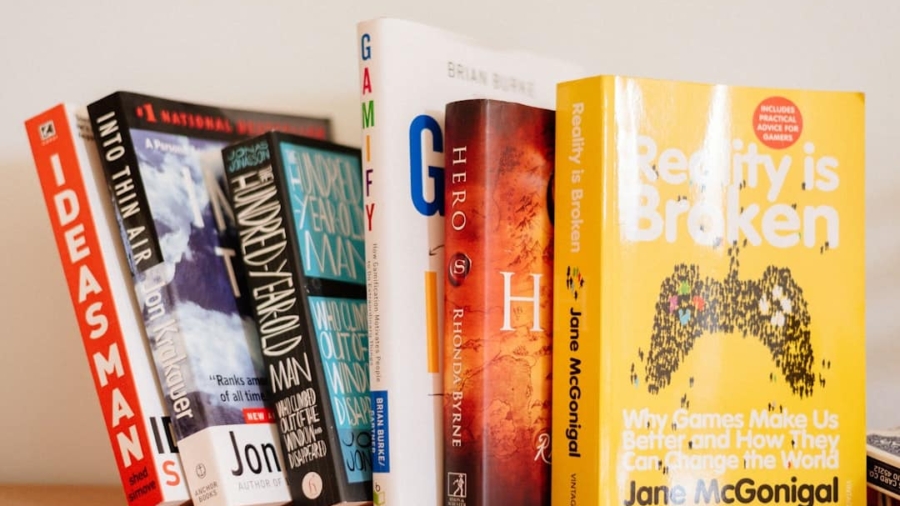In recent years, the concept of gamification has gained significant traction across various sectors, including education, health, and marketing. However, one of the most intriguing applications of gamification is in personal finance apps. Gamification refers to the integration of game-like elements into non-game contexts to enhance user engagement and motivation.
In the realm of personal finance, this approach seeks to transform mundane financial tasks—such as budgeting, saving, and investing—into engaging activities that users are more likely to participate in consistently. By incorporating elements such as points, badges, leaderboards, and challenges, personal finance apps aim to make financial management not only more accessible but also enjoyable. The rise of gamification in personal finance can be attributed to the increasing need for individuals to take control of their financial well-being.
With the proliferation of financial technology (fintech) solutions, users are presented with a plethora of options for managing their money. However, many people still struggle with financial literacy and often find traditional budgeting methods tedious and uninspiring. Gamification addresses these challenges by leveraging psychological principles that encourage users to engage with their finances actively.
By making financial tasks feel less like chores and more like games, these apps can foster a sense of achievement and progress, ultimately leading to better financial habits.
Key Takeaways
- Gamification in personal finance apps uses game design elements to make managing money more engaging and enjoyable for users.
- The benefits of gamification for personal finance include increased motivation, improved financial literacy, and better decision-making skills.
- Gamification increases user engagement by incorporating elements such as progress tracking, challenges, and rewards to keep users coming back to the app.
- Popular personal finance apps use gamification techniques like goal-setting, progress bars, and achievement badges to motivate users to save and invest.
- Gamification techniques for encouraging saving and investing include setting up automatic savings, offering financial challenges, and providing personalized recommendations for users.
The Benefits of Gamification for Personal Finance
The benefits of gamification in personal finance are manifold, particularly in enhancing user motivation and improving financial literacy. One of the primary advantages is that gamified elements can significantly increase user engagement. When users are rewarded for completing tasks or reaching milestones, they are more likely to return to the app regularly.
This consistent interaction is crucial for developing healthy financial habits, as it encourages users to track their spending, set savings goals, and monitor their investments over time. For instance, a user who receives points for logging daily expenses may be more inclined to continue this practice than someone who simply records transactions without any incentive. Moreover, gamification can help demystify complex financial concepts.
Many individuals find topics such as investing or retirement planning intimidating due to their perceived complexity. By breaking down these concepts into smaller, manageable tasks and rewarding users for completing them, gamified apps can make learning about finance more approachable. For example, an app might offer a series of mini-games that teach users about different investment vehicles or savings strategies.
As users progress through these games, they not only gain knowledge but also build confidence in their ability to manage their finances effectively.
How Gamification Increases User Engagement

User engagement is a critical factor in the success of any personal finance app, and gamification plays a pivotal role in enhancing this aspect. One effective strategy is the use of progress tracking features that allow users to visualize their achievements over time. For instance, an app might display a progress bar that fills up as users reach their savings goals or complete budgeting tasks.
This visual representation of progress can be incredibly motivating, as it provides users with tangible evidence of their efforts and encourages them to continue striving toward their financial objectives. Additionally, social features can further amplify user engagement through gamification. Many apps incorporate elements such as leaderboards or social sharing options that allow users to compare their achievements with friends or family members.
This competitive aspect can drive users to engage more deeply with the app as they seek to improve their standing among peers. For example, an app might challenge users to save a certain amount within a month and then display the top savers on a leaderboard. This not only fosters a sense of community but also instills a healthy sense of competition that can motivate users to take their financial goals more seriously.
Examples of Gamification in Popular Personal Finance Apps
Several personal finance apps have successfully integrated gamification elements to enhance user experience and promote better financial habits. One notable example is Qapital, which allows users to set specific savings goals and automate their savings through customizable rules. Users can earn rewards in the form of points for completing tasks related to their goals, such as saving a certain amount each week or reaching a milestone.
The app’s playful interface and engaging challenges make saving feel less like a chore and more like an exciting game. Another prominent example is Mint, which incorporates gamified features such as budgeting challenges and spending alerts. Users can set budgets for different categories and receive notifications when they approach their limits.
Mint also offers visual representations of spending habits through colorful graphs and charts, making it easier for users to understand their financial behavior at a glance. By turning budgeting into a more interactive experience, Mint encourages users to stay on top of their finances while providing valuable insights into their spending patterns.
Gamification Techniques for Encouraging Saving and Investing
To effectively encourage saving and investing through gamification, personal finance apps employ various techniques designed to motivate users and reinforce positive behaviors. One common approach is the use of goal-setting features that allow users to define specific savings targets. By breaking down larger goals into smaller milestones, users can experience a sense of accomplishment as they reach each step along the way.
For instance, an app might prompt users to save $500 for a vacation by first encouraging them to save $100 for a weekend getaway. This incremental approach makes the overall goal feel more achievable. Another technique involves incorporating challenges or missions that users can complete for rewards.
For example, an app might challenge users to save a certain percentage of their income over a month or invest in a new asset class. Completing these challenges can earn users badges or points that contribute to their overall progress within the app. This not only incentivizes saving and investing but also fosters a sense of community among users who may share their achievements on social media or within the app itself.
The Role of Rewards and Incentives in Gamified Personal Finance Apps

Rewards and incentives are central components of gamified personal finance apps, serving as powerful motivators for user engagement and behavior change. These rewards can take various forms, including virtual currency, badges, discounts on financial products, or even cash bonuses for achieving specific goals. The key is that these incentives create a sense of accomplishment and recognition for users’ efforts in managing their finances.
For instance, some apps offer tiered reward systems where users unlock new levels or benefits as they achieve certain milestones. This not only keeps users engaged but also encourages them to strive for higher levels of financial literacy and responsibility. Additionally, incorporating social recognition—such as sharing achievements on social media—can amplify the impact of rewards by allowing users to celebrate their successes with friends and family.
This social validation can further motivate individuals to continue engaging with the app and pursuing their financial goals.
Gamification and Financial Education
Gamification plays a crucial role in enhancing financial education by making learning about money management more interactive and enjoyable. Traditional methods of teaching finance often rely on lectures or textbooks, which can be dry and unengaging for many learners. In contrast, gamified approaches allow users to learn through experience and practice in a low-stakes environment.
For example, some personal finance apps incorporate quizzes or interactive scenarios that challenge users to make financial decisions based on real-life situations. By simulating scenarios such as budgeting for a family vacation or deciding how much to invest in stocks versus bonds, these apps provide valuable insights into the consequences of different choices. Users can experiment with various strategies without the fear of making costly mistakes in real life.
The Future of Gamification in Personal Finance Apps
As technology continues to evolve, the future of gamification in personal finance apps looks promising. With advancements in artificial intelligence (AI) and machine learning, apps will likely become even more personalized in their approach to gamification. For instance, AI algorithms could analyze individual user behavior and preferences to tailor challenges and rewards specifically suited to each user’s financial situation and goals.
Moreover, the integration of augmented reality (AR) could revolutionize how users interact with their finances through gamified experiences. Imagine an app that allows users to visualize their savings goals in real-time using AR technology—seeing virtual representations of their savings jars filling up as they contribute could provide an engaging way to motivate saving behavior. Additionally, as financial literacy becomes increasingly recognized as essential for economic well-being, we can expect more collaboration between fintech companies and educational institutions to create comprehensive gamified learning experiences.
In conclusion, gamification has emerged as a transformative force in personal finance apps by enhancing user engagement, promoting positive behaviors, and facilitating financial education. As technology continues to advance, the potential for gamified experiences in personal finance will only grow, paving the way for more individuals to take control of their financial futures with confidence and enthusiasm.
In the realm of digital innovation, gamification has emerged as a powerful tool to enhance user engagement, particularly in personal finance apps. By incorporating game-like elements, these apps can motivate users to achieve their financial goals in a more interactive and enjoyable manner. A related article that explores the broader impact of technology on user experience is New World of Possibilities with the Samsung Galaxy Chromebook 4. This article delves into how advanced features in modern devices, like the Samsung Galaxy Chromebook 4, are opening up new avenues for user interaction and engagement, much like gamification does for personal finance applications.
FAQs
What is gamification in the context of personal finance apps?
Gamification in personal finance apps refers to the use of game design elements and principles to make the app more engaging and enjoyable for users. This can include features such as progress tracking, rewards, challenges, and interactive elements.
How does gamification improve personal finance apps?
Gamification can improve personal finance apps by increasing user engagement, motivation, and education. By incorporating game-like elements, users are more likely to actively use the app, set and achieve financial goals, and learn about important financial concepts.
What are some examples of gamification in personal finance apps?
Examples of gamification in personal finance apps include progress bars for savings goals, achievement badges for reaching financial milestones, interactive financial quizzes, and challenges to improve spending habits.
Can gamification in personal finance apps lead to better financial habits?
Yes, gamification in personal finance apps can lead to better financial habits by making the process of managing money more enjoyable and rewarding. Users are more likely to stick to their budget, save money, and make informed financial decisions when using a gamified app.
Are there any potential drawbacks to gamification in personal finance apps?
One potential drawback of gamification in personal finance apps is that some users may become overly focused on the game-like elements and lose sight of their actual financial goals. It’s important for app developers to strike a balance between engagement and the app’s primary purpose of improving financial well-being.

